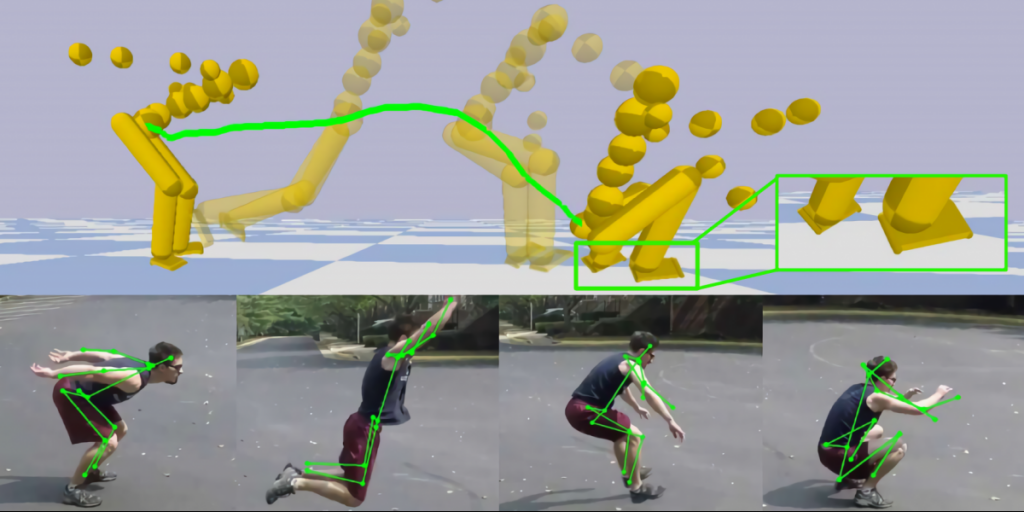Three-dimensional motion analysis is often used in therapy to observe a pattern of movement in an individual. For example, patients in rehabilitation after a prosthetic leg replacement can be observed to check for any rigidity in movement. Since it’s an upgrade from 2-dimensional motion analysis, which introduced parallax and perspective errors, it’s allowed us to measure the angles in more than one plane in a 3D space. Our lecturer spoke about how this method was used to help her teach piano to her students, and this inspired me to look at the potential uses of this in sports.
How does it work?
The process works by placing a series of cameras around the person and creating a capture volume. The cameras are then calibrated with respect to each other and the room. Markers are placed on the area of interest as well as surrounding it, specifically on any bony areas. these markers can then be followed in each frame of the video as the person moves. The advantage of having multiple cameras is that it allows precise recording of any markers that would otherwise be hidden from a camera. As long as at least 2 cameras could clearly record the marker, we can work out the point and angle of flexion of muscles.

Uses in sports
Motion analysis can also be used for analyzing movement in sports. it’s currently used a lot in sports such as football, which I am very keen on. I have been playing football for a year in university and I think it’s amazing that people can benefit from technology such as this, in order to improve their gameplay. This is often used to train Olympic athletes and help them discover their weaknesses. It is done by creating a skeletal structure of the athlete to match their body shape and size. Trainees are often asked to wear a mocap suit which mimics the athletes’ movements and shows the movement of all the joints. This technology can capture details of movement within milliseconds, allowing coaches to precisely pinpoint the errors.
Another benefit of using this technology is that it can be used in matches in real time to help referees locate the exact movement of the players and call out a fair judgment. I think this is really useful in the field of sports especially since the idea of ‘false judgment’ can start a lot of fights amongst the audience, and with technology to clearly showcase the evidence, it makes the game smoother.
In addition, it can also be used to simulate football players’ movements in video games such as FIFA 22. I really like this game because I feel like it truly showcases the strategies used in gameplay and has refined movements for each character, which adds a sense of realism.
Overall, I really like how improvements in technology transitioning from 2D to 3D motion capture have helped with a wide range of activities, including football, which I’m very passionate about. I hope that technology like this will help the players improve and eventually be introduced into smaller football training camps, to help young aspiring players improve.
References:
For more information, check out this website: